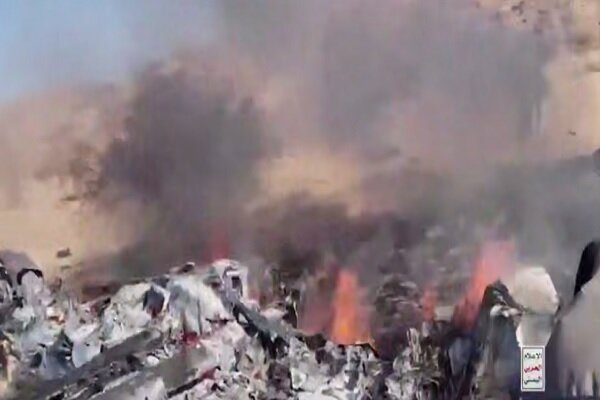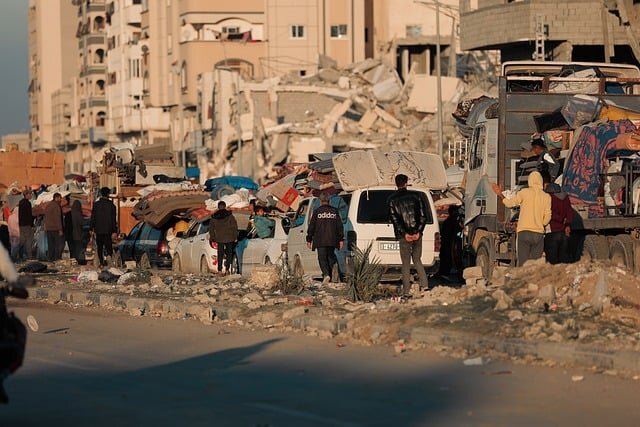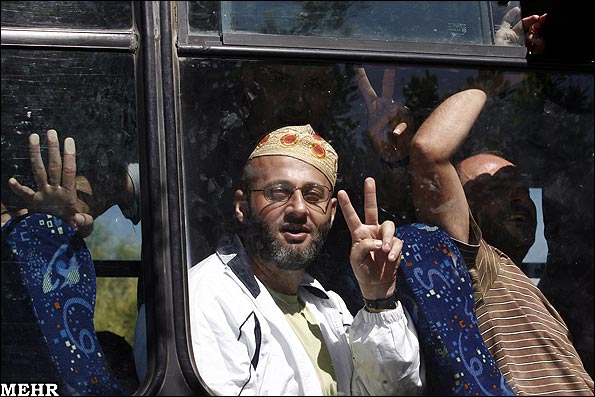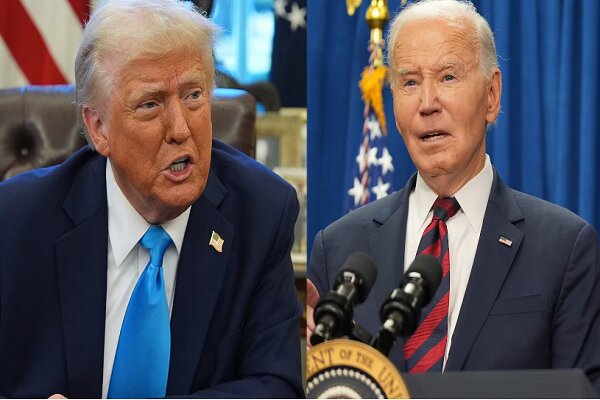Shocking Footage: US MQ9 Drone Crash in Yemen Revealed!
In a significant development, the Yemeni military has successfully intercepted a U.S. MQ-9 drone over the Al-Jawf province. This incident highlights the ongoing tensions in the region and the advancements in Yemen’s air defense capabilities. According to General Yahya Sarea, the spokesperson for the Yemeni military, the drone was brought down using a domestically produced surface-to-air missile.
During a televised statement broadcast by local al-Masirah TV, General Sarea detailed the successful operation. He stated, “Our air defenses shot down a U.S. MQ-9 drone in the airspace of Al-Jawf province, using a locally manufactured surface-to-air missile.”
The downing of the drone marks a pivotal moment in the ongoing conflict, showcasing Yemen’s increasing military capabilities and its commitment to defending its airspace. The MQ-9 Reaper drone, known for its surveillance and precision strike capabilities, has been a vital asset for the U.S. military in various operations around the world.
Yemen’s military achievements, particularly in aerial defense, signal a shift in the dynamics of the region. The use of a locally manufactured missile to intercept a sophisticated drone raises questions about the technological advancements made by Yemeni forces. This event has been captured in a video that shows the wreckage of the downed drone, further emphasizing the success of the operation.
Key points about this incident include:
- Drone Type: The intercepted aircraft was identified as a U.S. MQ-9 Reaper drone.
- Location: The drone was shot down in the Al-Jawf province of Yemen.
- Method of Interception: The Yemeni military utilized a locally manufactured surface-to-air missile.
- Military Statement: General Yahya Sarea confirmed the operation via a televised statement.
This event not only highlights Yemen’s military capabilities but also reflects the broader geopolitical tensions in the region. The U.S. has been involved in various military operations in Yemen, primarily aimed at combating terrorism and supporting local allies. However, incidents like this demonstrate the complexities and challenges faced by foreign military forces in the region.
In recent years, Yemen has faced significant challenges, including a devastating civil war and humanitarian crises. Despite these obstacles, the military’s ability to engage in aerial defense operations suggests a level of resilience and adaptation. The local manufacturing of defense systems indicates an effort to enhance self-reliance and reduce dependency on foreign military aid.
Moreover, the implications of this drone interception extend beyond just military achievements. It raises critical questions about the future of air warfare and defense strategies in conflict zones. The ability of smaller nations or factions to effectively counter advanced military technology poses new challenges for traditional military powers.
As tensions continue to escalate in the region, the international community is closely monitoring developments in Yemen. The downing of the MQ-9 drone may prompt a reassessment of military strategies by the U.S. and its allies, particularly regarding their operational security and the effectiveness of their technologies in contested environments.
Furthermore, the Yemeni military’s success could inspire other nations facing similar challenges, showcasing that innovation and resilience can lead to significant military accomplishments. In an era where asymmetric warfare is becoming increasingly common, the lessons learned from Yemen’s experience may resonate with other nations seeking to defend their sovereignty.
In conclusion, the interception of the U.S. MQ-9 drone in Yemen’s Al-Jawf province symbolizes a noteworthy advancement in the country’s military capabilities. With the use of locally produced technology, Yemen’s forces are demonstrating their commitment to safeguarding their airspace amidst ongoing conflicts and regional tensions. As the situation unfolds, the world watches closely to see how these developments will shape the future of military engagements and international relations in the Middle East.






